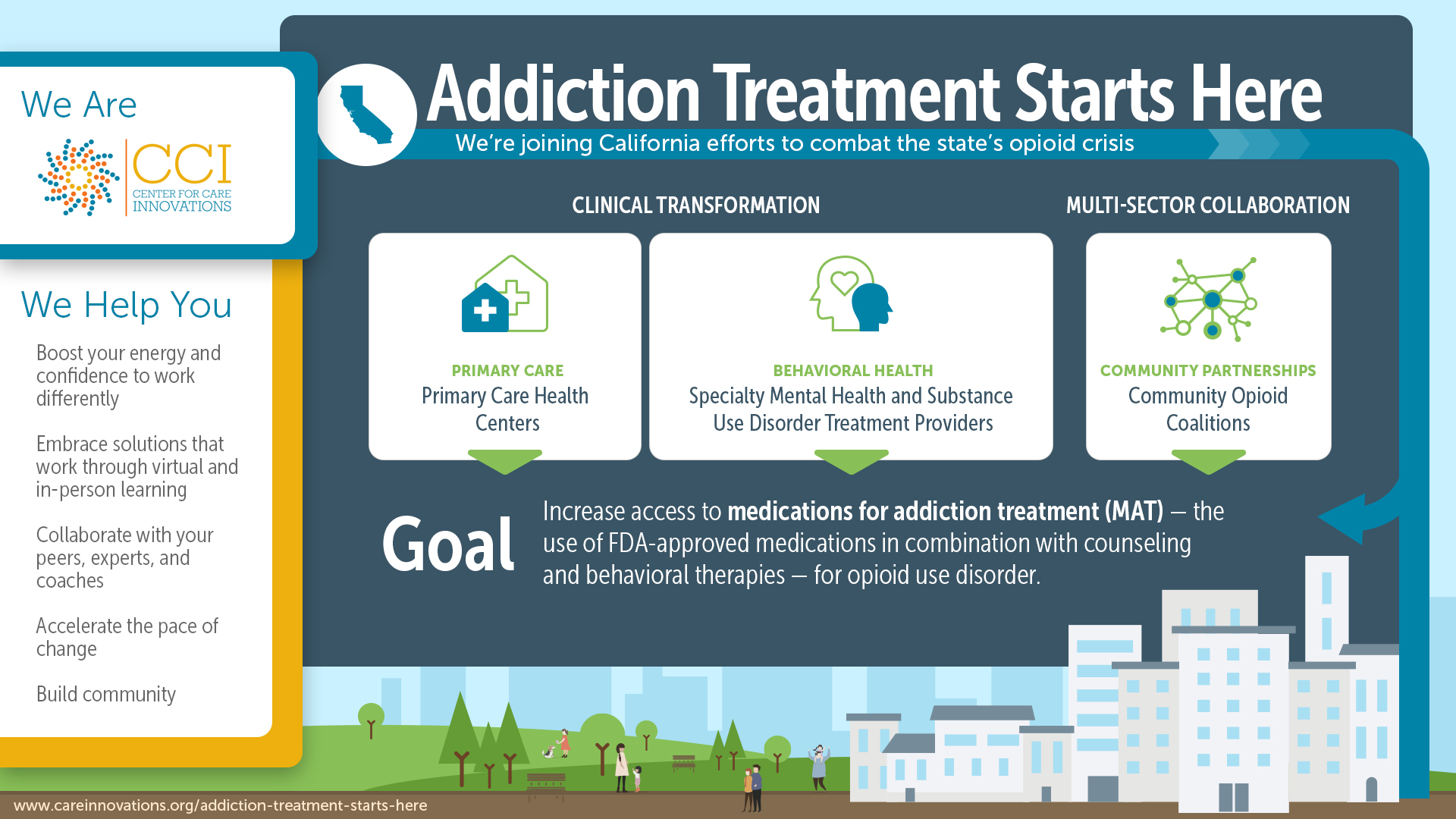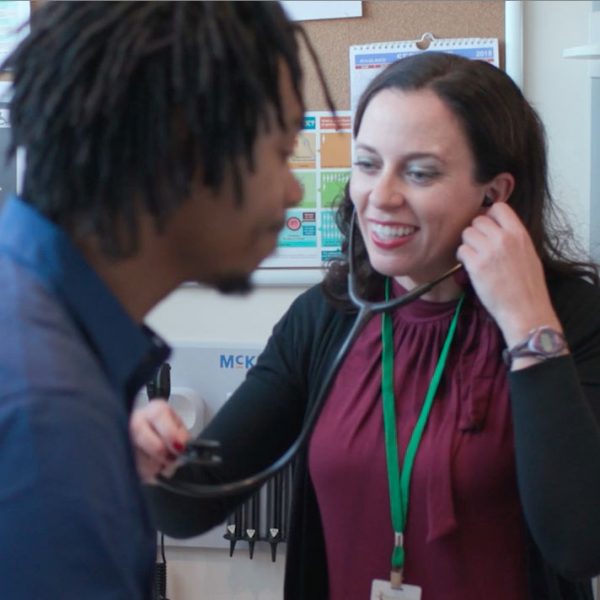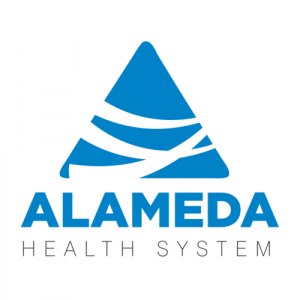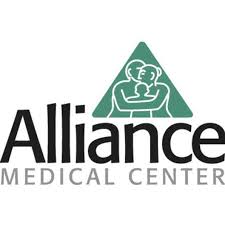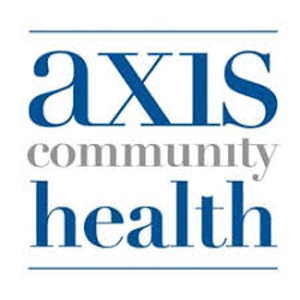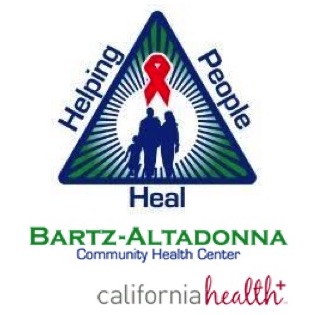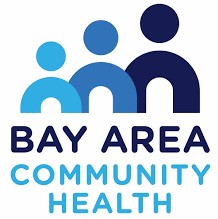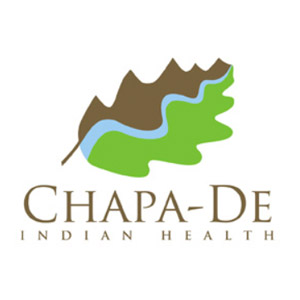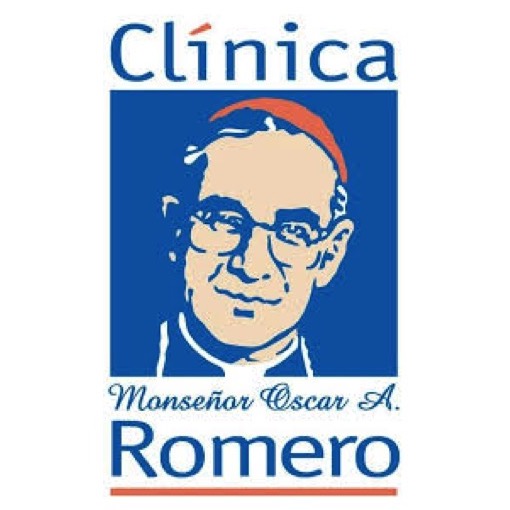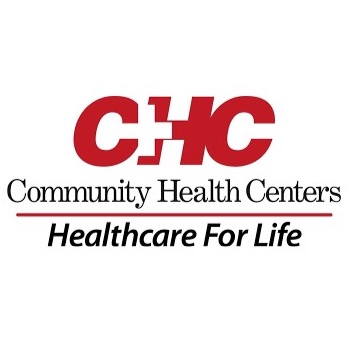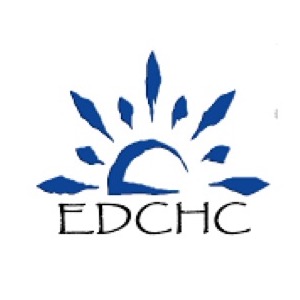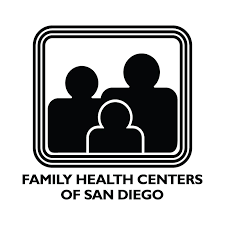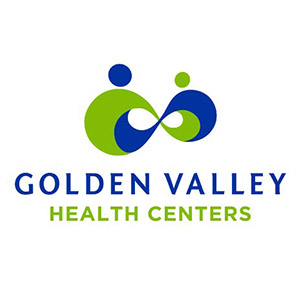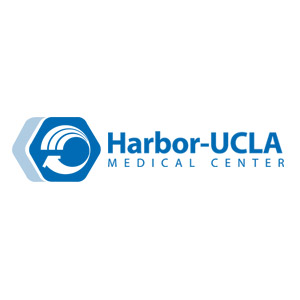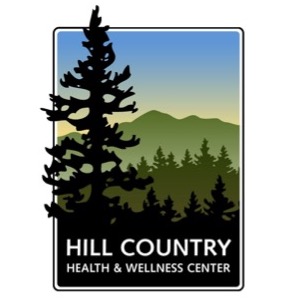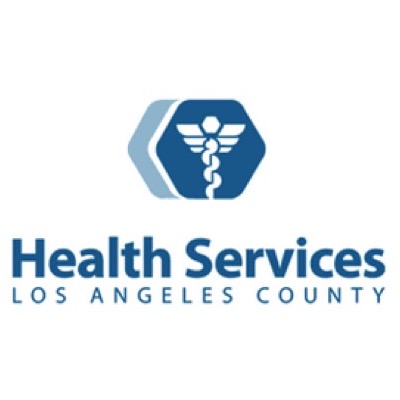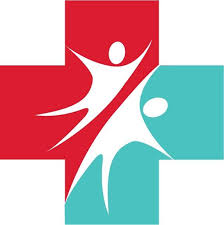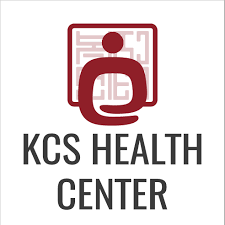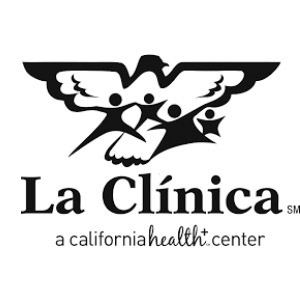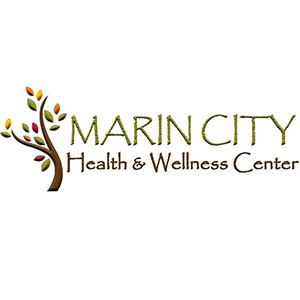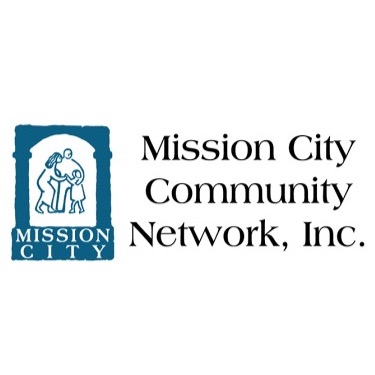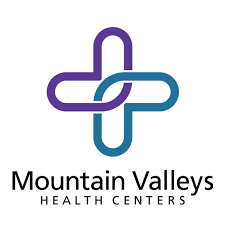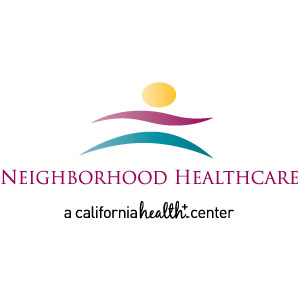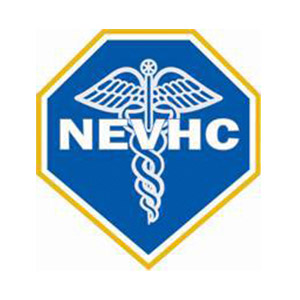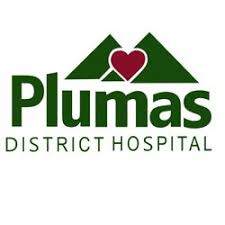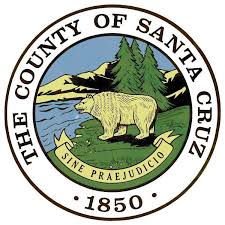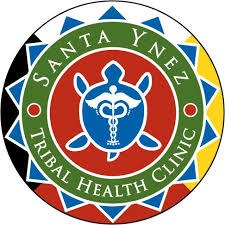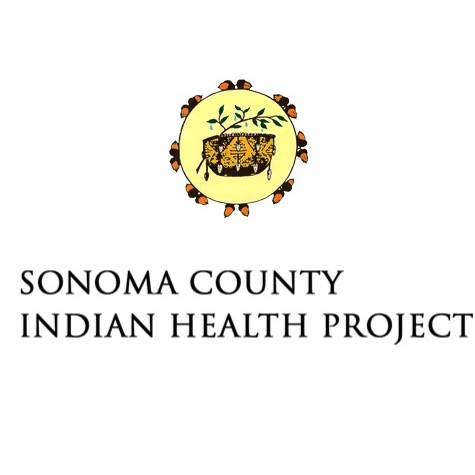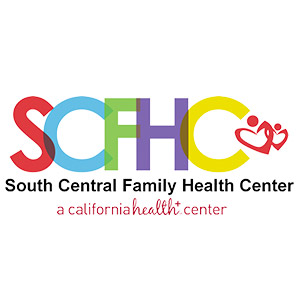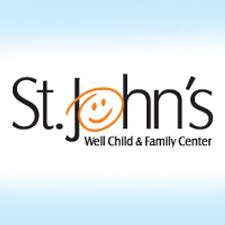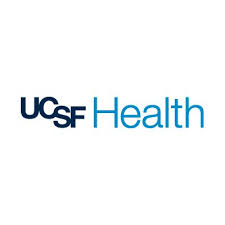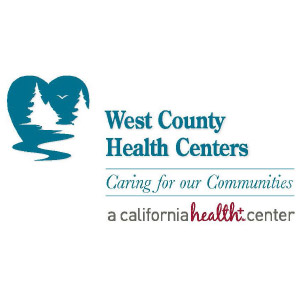OVERVIEW
Federal, state, and local attention remains focused on combatting opioids, the deadliest drug epidemic in US history. In addition to the devastating effects on the health of communities, opioid use disorder (OUD) is also a major driver of high-cost service utilization, such as inpatient and emergency department care; the result is an enormous economic burden on health systems.
![]() Medications for addiction treatment (MAT) is one approach to address and manage OUD. It combines psychological and behavioral therapy with FDA-approved medications methadone, buprenorphine, or naltrexone. Evidence supporting the use of MAT shows mortality among opioid addiction patients being cut in half or more. Yet despite overwhelming evidence that administration of methadone, naltrexone and buprenorphine are considered the gold standard of treatment, only 10 percent of people across the country receive this specialty treatment for OUD.
Medications for addiction treatment (MAT) is one approach to address and manage OUD. It combines psychological and behavioral therapy with FDA-approved medications methadone, buprenorphine, or naltrexone. Evidence supporting the use of MAT shows mortality among opioid addiction patients being cut in half or more. Yet despite overwhelming evidence that administration of methadone, naltrexone and buprenorphine are considered the gold standard of treatment, only 10 percent of people across the country receive this specialty treatment for OUD.
Health centers are natural collaborators for identifying substance use disorders and for coordinating effective treatment and recovery services. Primary care is usually the first point of contact for identifying and treating behavioral health conditions, including substance use disorders; therefore, health centers are well positioned to screen, triage, and treat addiction. However, while patients may receive behavioral therapy and counseling on medications to treat OUD, they typically do not have access to MAT.


